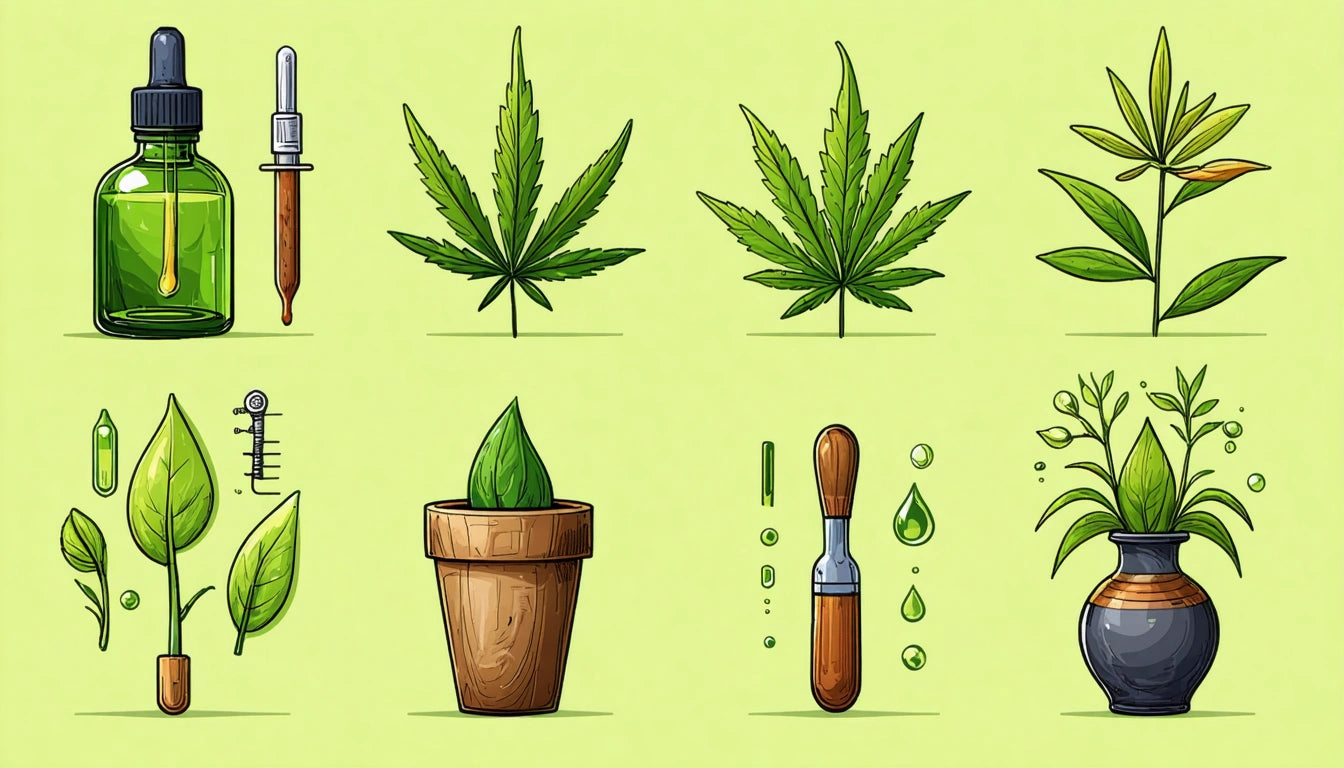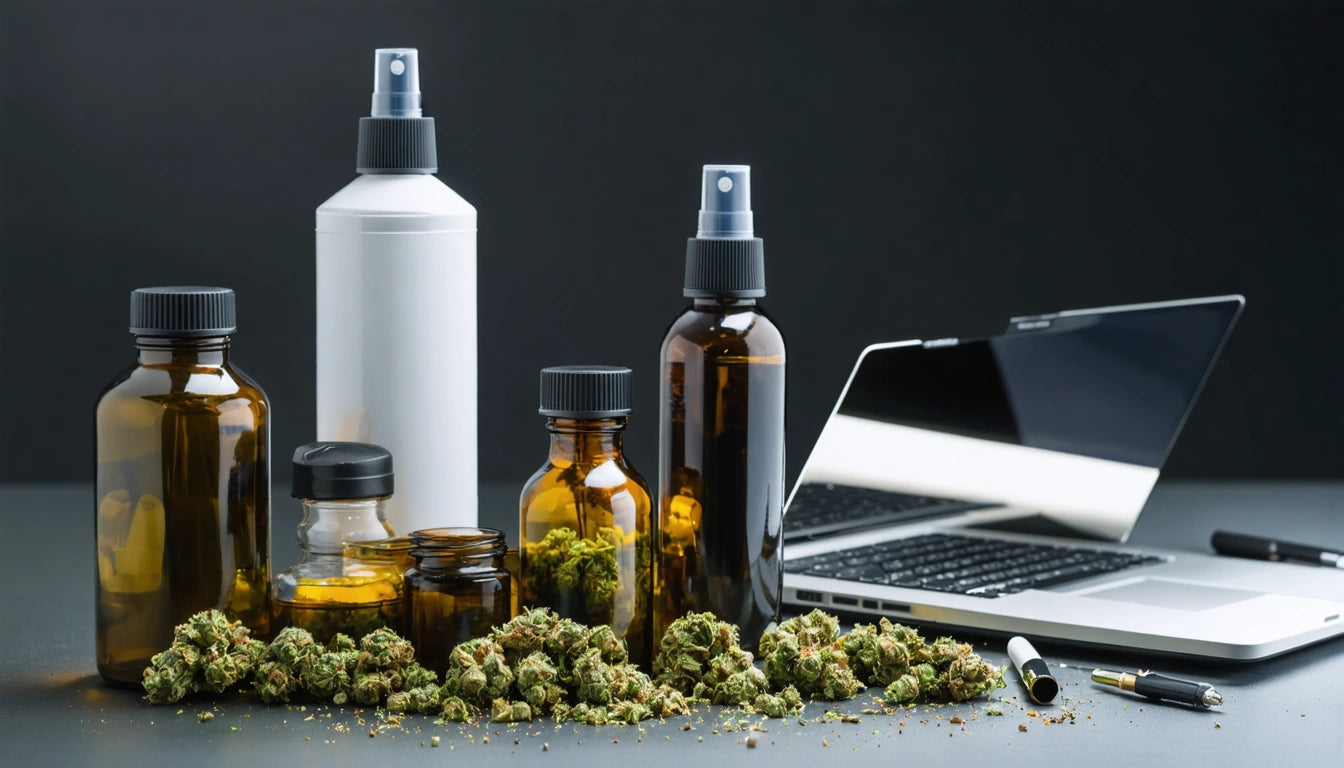Table of Contents
- The Basics of Cannabis-Infused Topicals
- Essential Ingredients and Equipment
- How to Make Cannabis Lotion at Home
- Creating Your Own CBD Cream and Ointment
- Growing CBD Flower at Home: A Beginner's Guide
- Understanding Cannabinoid Activation and CB1 Receptors
- Next Steps and Innovations in DIY Cannabis Products
DIY Guide to Making Cannabis-Infused Topicals and Growing CBD at Home
Cannabis-infused topicals offer localized relief without psychoactive effects, making them increasingly popular for pain management and skincare. Learning how to make cannabis lotion at home allows you to customize potency, ingredients, and scents while saving money. This guide covers everything from basic recipes to growing your own CBD flower and understanding the science behind cannabinoid activation.
The Basics of Cannabis-Infused Topicals
Cannabis topicals include lotions, balms, creams, and ointments infused with cannabinoids. These products work by binding to cannabinoid receptors in the skin, delivering relief without entering the bloodstream in significant amounts. This means you can apply them liberally without worrying about intoxication.
The primary benefits of cannabis topicals include:
- Localized pain relief
- Reduced inflammation
- Skin condition management
- Muscle relaxation
- Joint pain relief
Before making your own cannabis-infused products, it's helpful to understand the fundamentals of cannabis infusion, which applies to both edibles and topicals.
Essential Ingredients and Equipment
To make effective cannabis topicals, you'll need quality ingredients and basic equipment:
Basic Ingredients:
- Cannabis flower or CBD flower (7-10 grams for potent formulations)
- Carrier oil (coconut, olive, shea butter, or jojoba)
- Beeswax or candelilla wax (for vegan options)
- Essential oils (lavender, peppermint, eucalyptus)
- Vitamin E oil (as a preservative)
- Shea butter or cocoa butter (for creamier textures)
Equipment Needed:
- Double boiler or slow cooker
- Cheesecloth or fine mesh strainer
- Glass jars for storage
- Digital scale for precise measurements
- Thermometer
- Hand mixer (for lotions and creams)
For processing your cannabis efficiently, consider using quality grinding equipment to ensure even decarboxylation and optimal extraction of cannabinoids.
Highlight: Always decarboxylate your cannabis before infusion to activate cannabinoids, especially when making CBD products. This converts CBDA to CBD, significantly improving therapeutic potential.
How to Make Cannabis Lotion at Home
Learning how to make weed lotion requires understanding a few key steps. Here's a basic recipe that you can customize:
Step 1: Decarboxylate Your Cannabis
First, grind your cannabis and spread it evenly on a baking sheet. Bake at 240 °F (115 °C) for 30-40 minutes to activate the cannabinoids. This crucial step converts THCA to THC and CBDA to CBD.
Step 2: Create Cannabis-Infused Oil
Combine your decarboxylated cannabis with your chosen carrier oil in a double boiler. Maintain a temperature between 160-180 °F (71-82 °C) for 2-3 hours, stirring occasionally. This process is similar to making cannabis-infused oil for other applications.
Step 3: Strain the Oil
Strain the mixture through cheesecloth to remove plant material. Squeeze thoroughly to extract all the infused oil.
Step 4: Create Your Lotion Base
In your double boiler, combine:
- 1 cup cannabis-infused oil
- ¼ cup beeswax
- 2 tablespoons shea butter
- 1 teaspoon vitamin E oil
Step 5: Add Extras and Pour
Once melted and mixed, remove from heat and add 10-15 drops of essential oils. Pour into sterilized containers while still warm and allow to cool completely before sealing.
Creating Your Own CBD Cream and Ointment
Learning how to make CBD cream follows similar principles to cannabis lotion, but with CBD-rich flower or isolate. CBD creams are particularly effective for inflammation and skin conditions.
For a thicker CBD ointment suitable for targeted application:
- Increase the beeswax to ½ cup
- Add 2 tablespoons of cocoa butter
- Consider adding 1 tablespoon of aloe vera gel for additional skin benefits
The process for making CBD-specific products is detailed in this guide to CBD oil creation, which covers extraction methods applicable to topicals.
Growing CBD Flower at Home: A Beginner's Guide
Learning how to grow CBD flower at home ensures a steady supply for your topicals. Here are the basics:
Selecting Seeds or Clones
Choose high-CBD, low-THC strains like Charlotte's Web, ACDC, or Cannatonic. Reputable seed banks can provide feminized seeds with verified CBD content.
Growing Environment
CBD plants require:
- 18-24 hours of light during vegetation
- 12 hours light/12 hours darkness during flowering
- Temperature between 65-80 °F (18-27 °C)
- Humidity levels of 40-60%
- Well-draining soil with pH between 6.0-7.0
For comprehensive growing instructions, refer to this complete guide to growing cannabis, which applies to both THC and CBD varieties.
Understanding Cannabinoid Activation and CB1 Receptors
Learning how to activate CB1 receptors is crucial for creating effective topicals. These receptors are part of the endocannabinoid system and respond to cannabinoids in different ways:
- THC directly activates CB1 receptors, creating psychoactive effects when consumed but providing pain relief when applied topically
- CBD doesn't directly activate CB1 but modulates their activity and provides anti-inflammatory benefits
- Terpenes enhance cannabinoid effects through the entourage effect
For topicals, proper decarboxylation ensures cannabinoids are in their active form. This process is explained in detail in this comprehensive infusion guide.
Next Steps and Innovations in DIY Cannabis Products
As you master basic cannabis topicals, consider these advanced techniques:
- Combining CBD and THC in specific ratios for enhanced effects
- Adding complementary herbs like arnica or comfrey
- Creating specialized formulations for different conditions
- Experimenting with water-based emulsions for faster absorption
- Developing preservative systems for extended shelf life
Remember that homemade cannabis products lack standardized testing, so start with lower concentrations and adjust based on personal response. Store your finished products in a cool, dark place and use within 6-12 months for best results.
Whether you're making pot lotion for personal use or CBD ointment for friends and family, these DIY approaches allow for customization impossible with commercial products while providing a satisfying and cost-effective way to harness cannabis's therapeutic potential.











Leave a comment
All comments are moderated before being published.
This site is protected by hCaptcha and the hCaptcha Privacy Policy and Terms of Service apply.